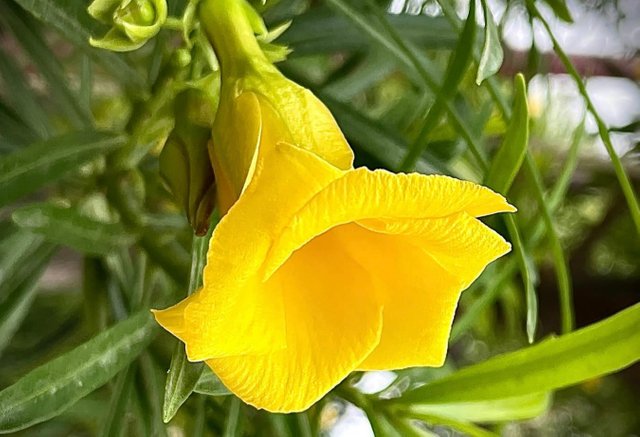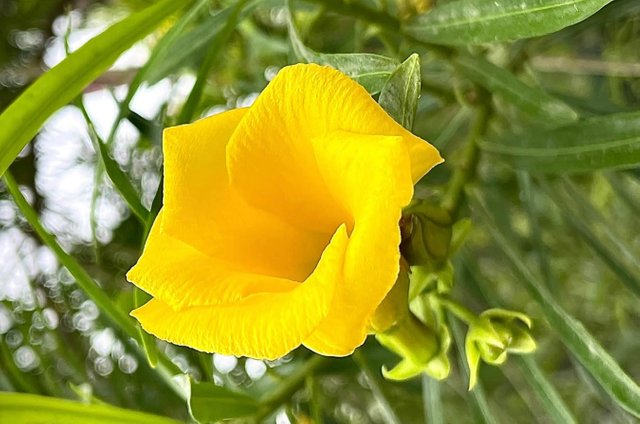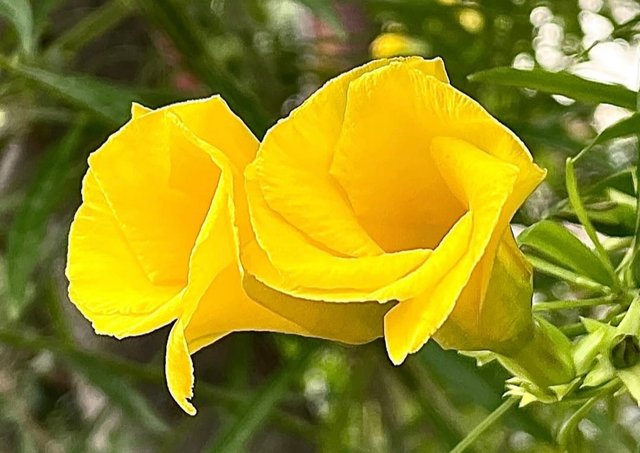A Beauty with a Warning
Also known as lucky nut, be-still tree, or Kaner in parts of India, the Yellow Oleander is a small evergreen shrub or tree native to Central and South America. Over time, it has become widely cultivated across Asia, Africa, and other tropical regions for ornamental purposes.Its golden-yellow flowers bloom in abundance, often drawing comparisons to miniature trumpets or delicate bells. The plant thrives in warm climates and requires minimal care, making it a popular choice for landscaping and decorative planting.
Yellow Oleander symbolizes duality—beauty and danger, life and death. While its bright flowers can represent joy, energy, and sunshine, the plant also has a darker side: every part of it is toxic.This paradox has made the Yellow Oleander a subject of fascination in literature, folklore, and art, where it often stands in as a metaphor for hidden danger or deceptive appearances.the Yellow Oleander is poisonous to humans and animals if ingested. Its seeds and sap contain powerful cardiac glycosides that can affect the heart. Symptoms of poisoning can include vomiting, irregular heartbeat, and in severe cases, even death.
Through the lens of @snapsage – capturing moments,telling stories and preserving beauty one shot at a time.



Upvoted! Thank you for supporting witness @jswit.